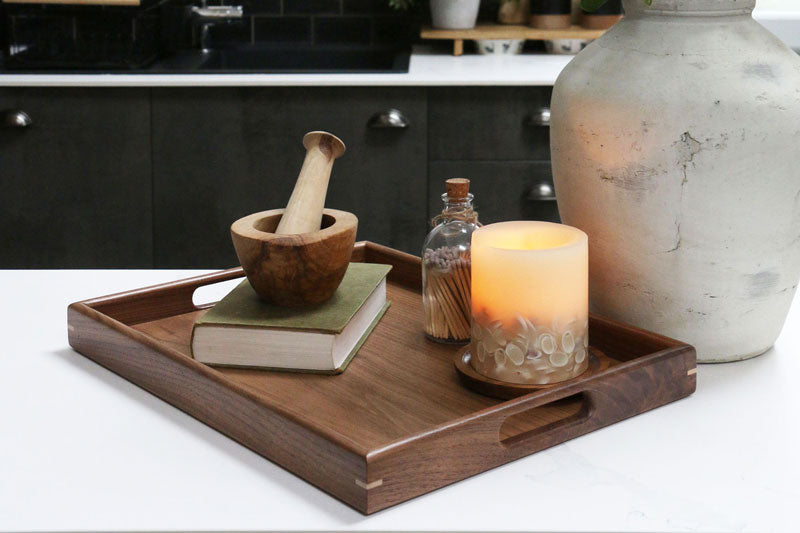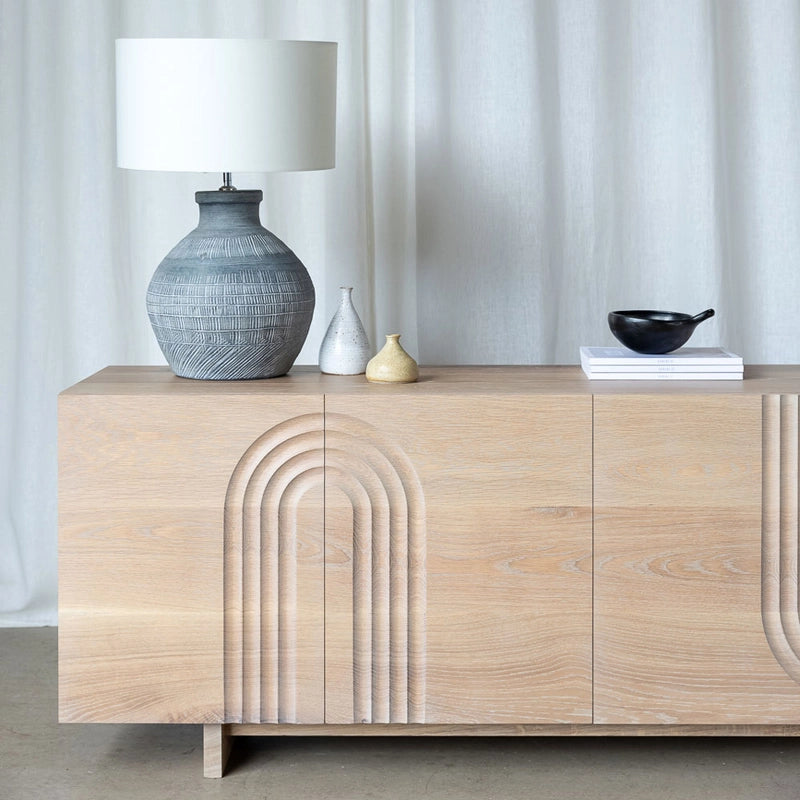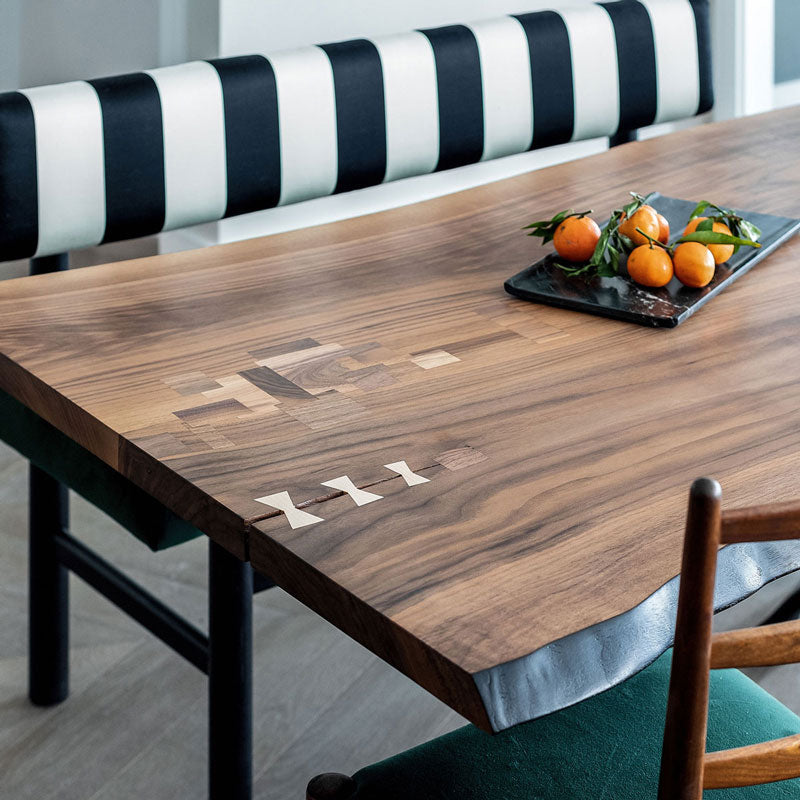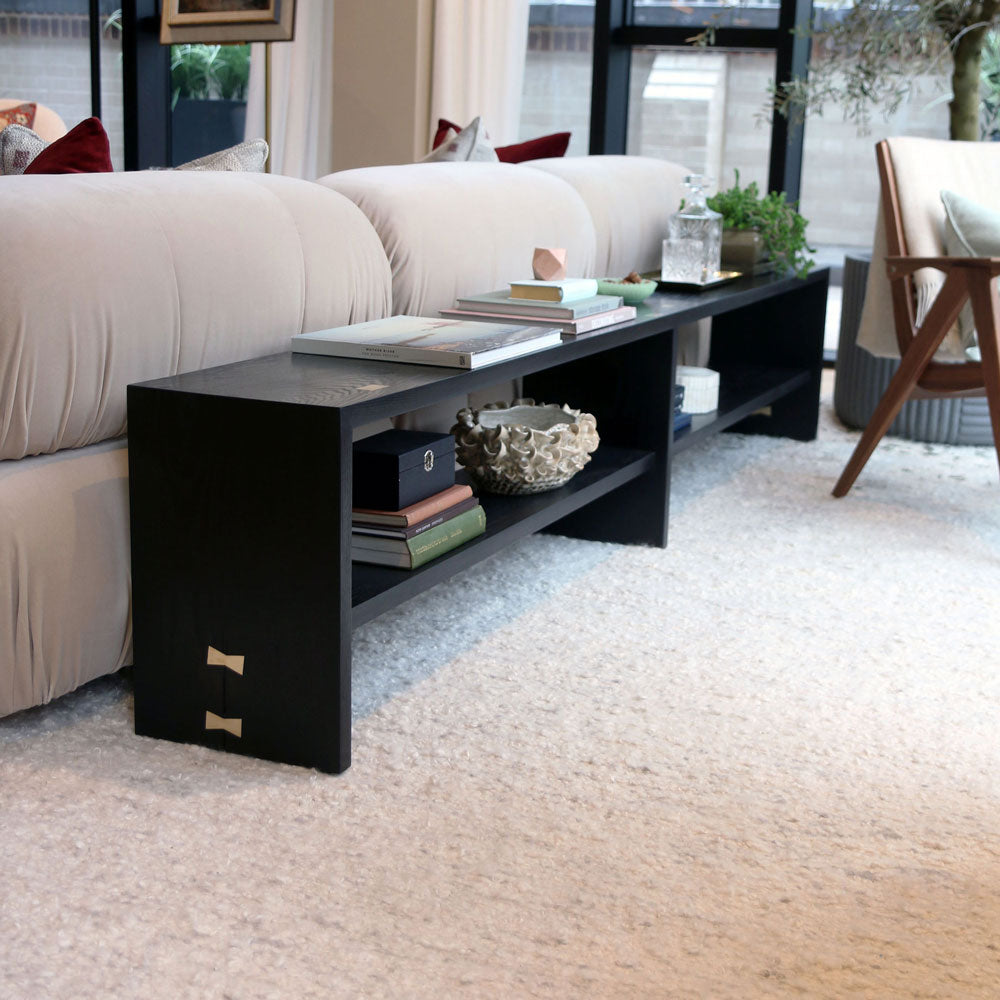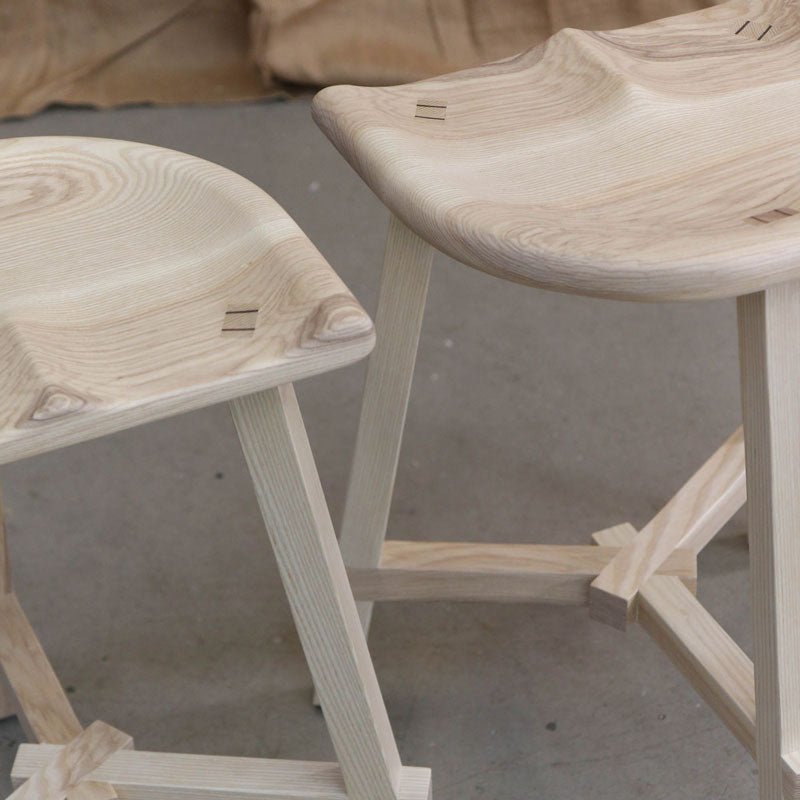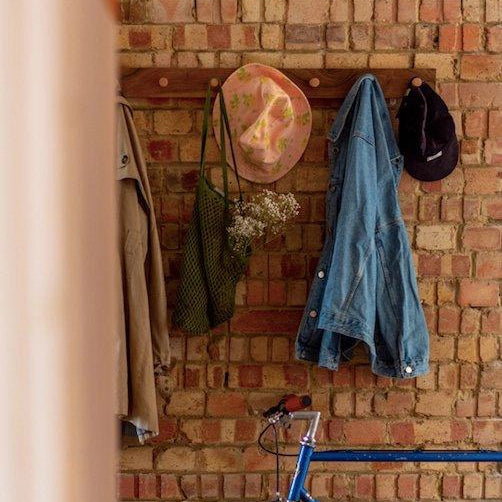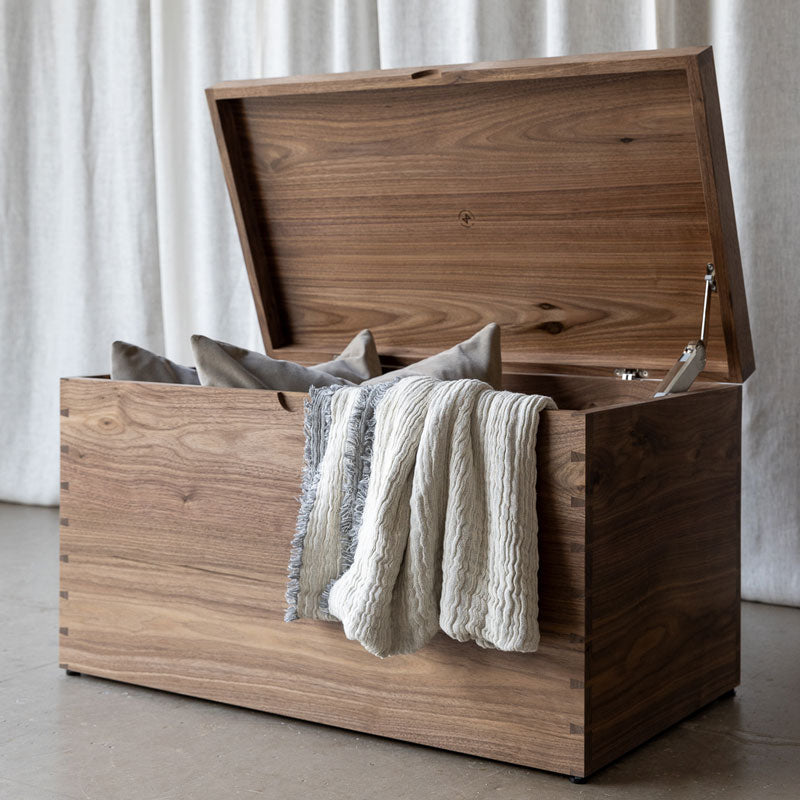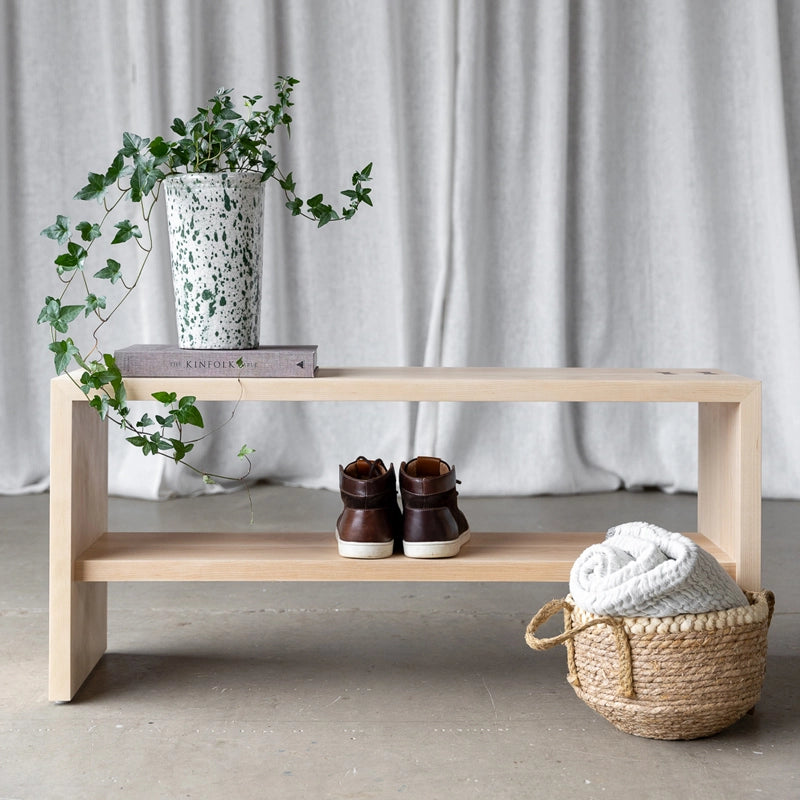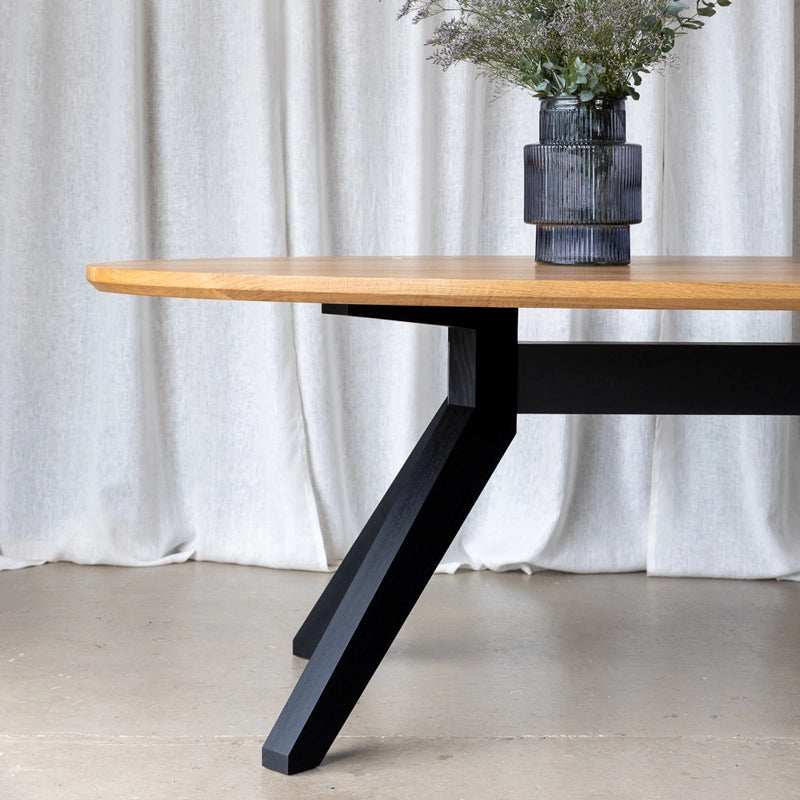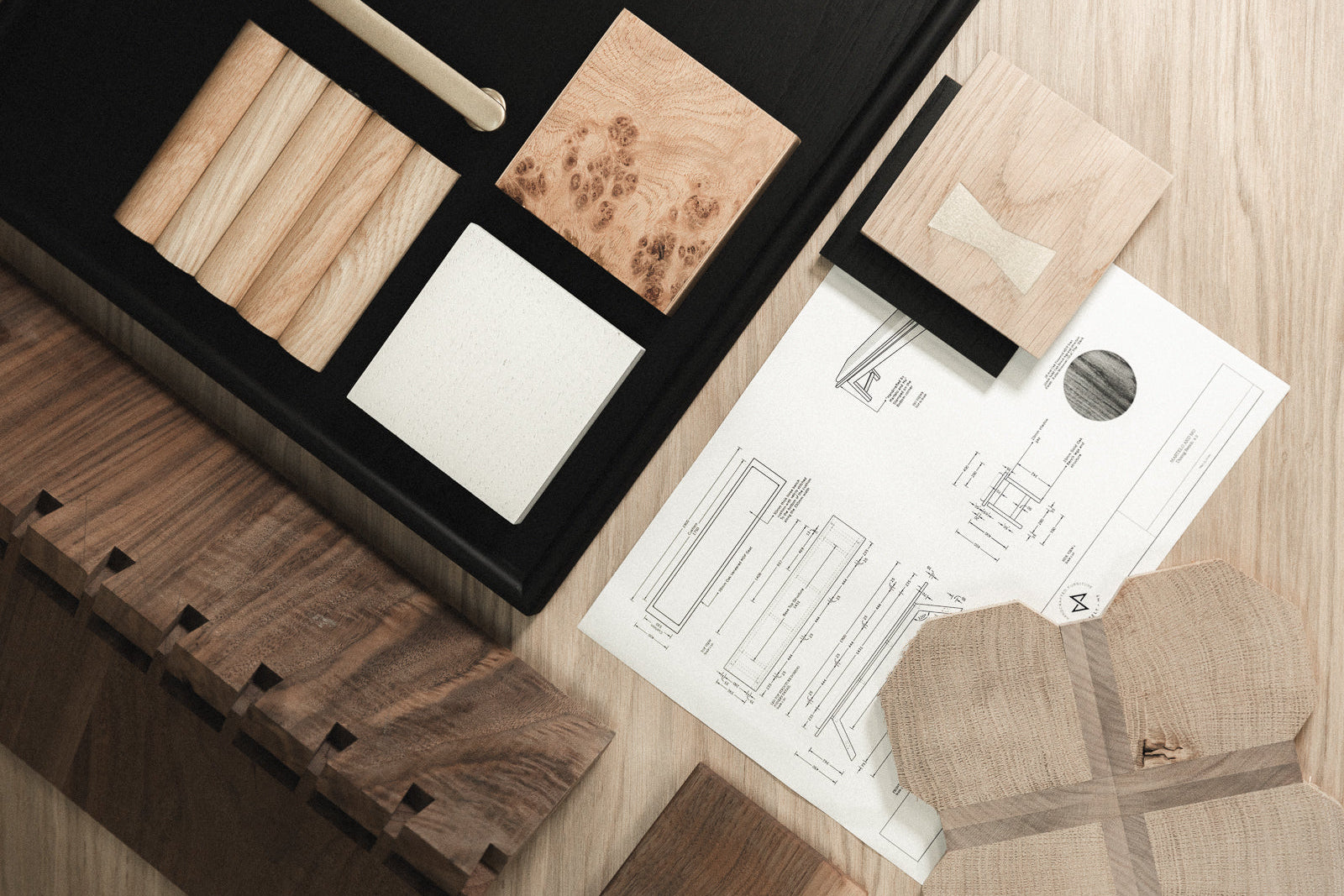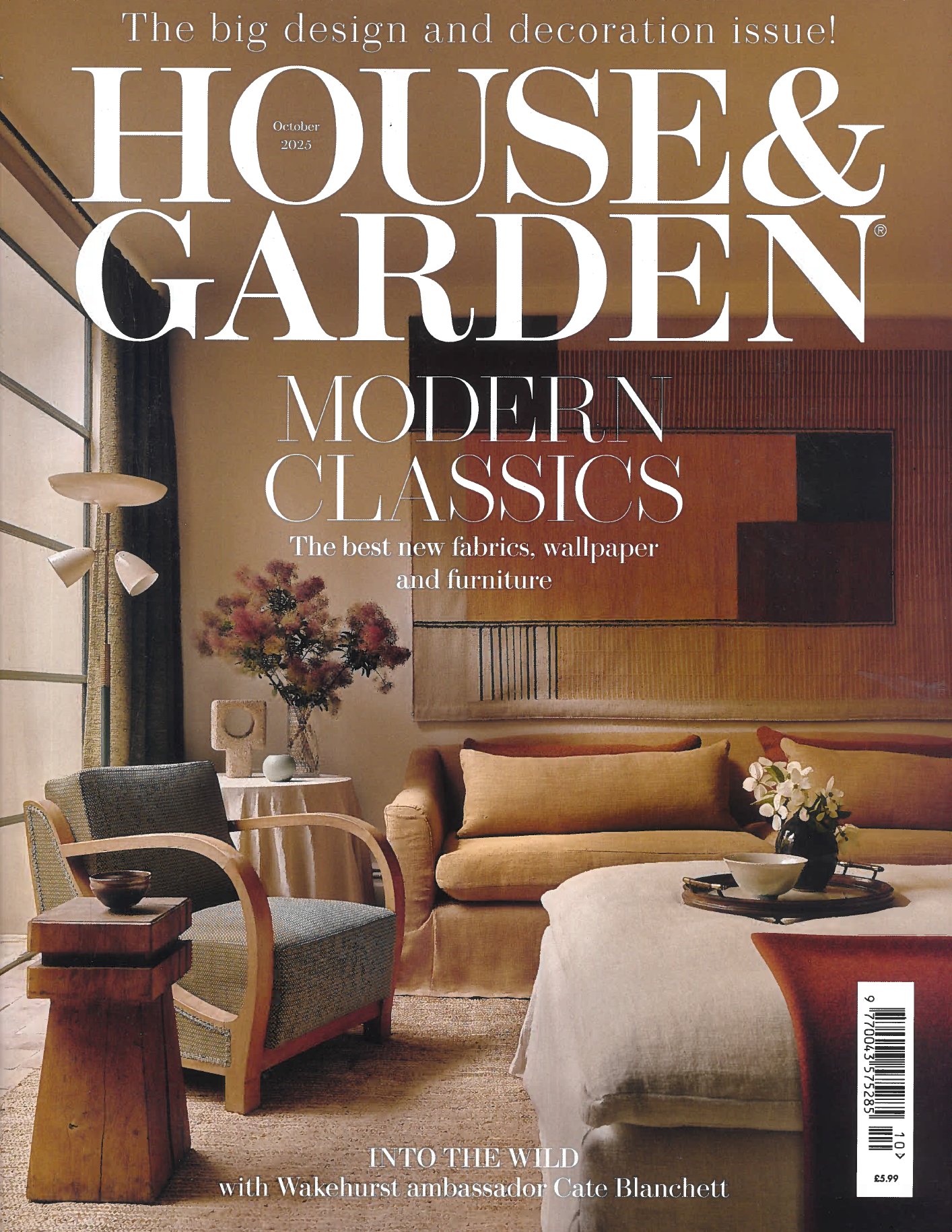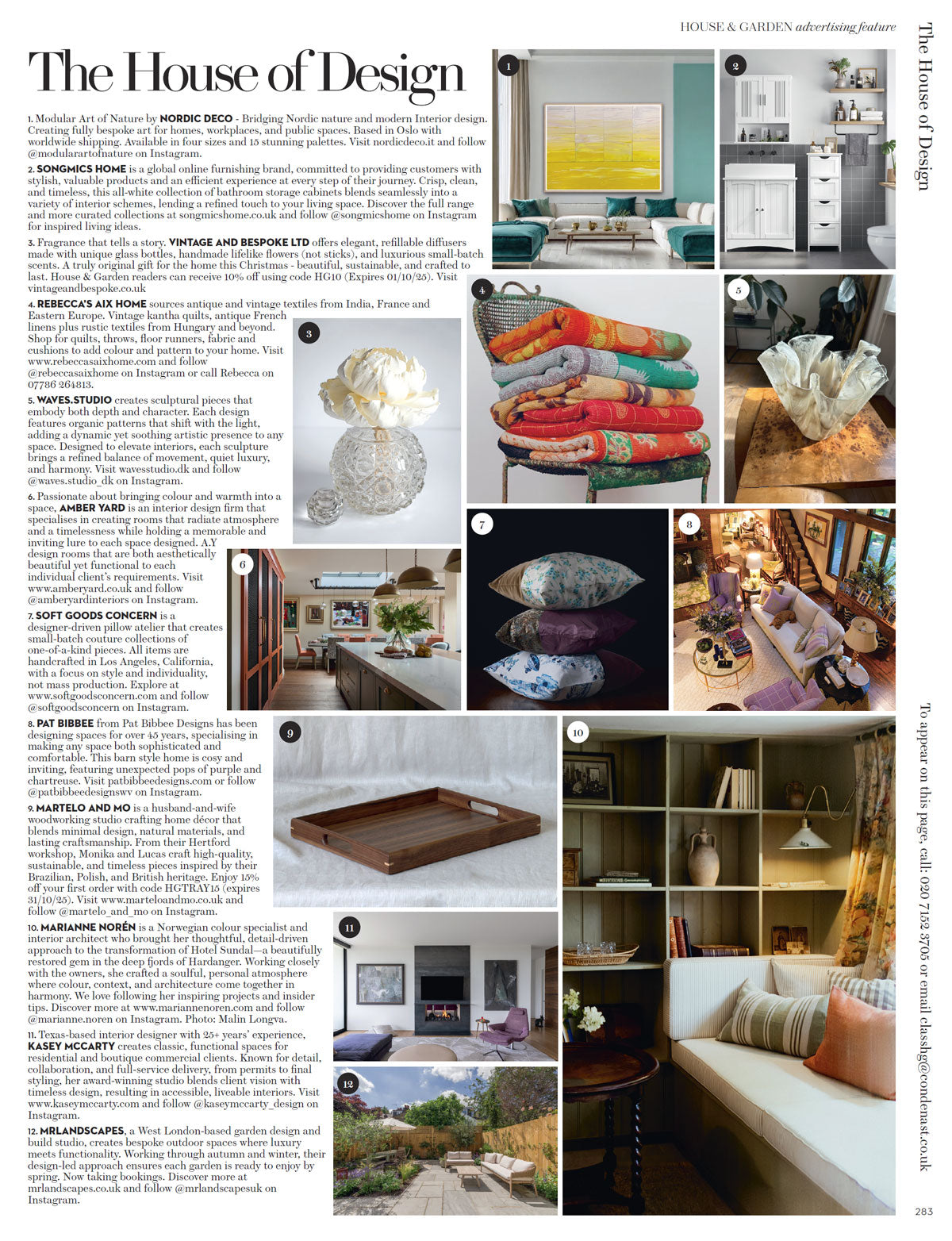In the realm of wooden furniture, two distinct approaches prevail: mass-produced and handcrafted; each carries its own merits and considerations, igniting a debate among furniture enthusiasts. In this blog, we will delve into the pros and cons of mass-produced and handcrafted wooden furniture, taking into account aspects such as quality, manufacturing processes, the living wage of makers, socio-economic impacts, and environmental implications. By understanding the nuances of both approaches, we can make informed choices that align with our values and preferences.

Image Credit - Photography and Interior Design by The House in Ladywell featuring Conti Barstools in American Black Walnut by Martelo and Mo
Quality - Balancing Consistency and Artistry
Mass-produced wooden furniture often offers consistent quality due to standardised manufacturing processes and quality control measures. While it may lack the distinct charm of handcrafted pieces, it ensures reliability and durability for everyday use. On the other hand, handmade wooden furniture embodies artisanal craftsmanship, showcasing exceptional attention to detail and a personal touch. These pieces exude a unique character and can become cherished heirlooms that stand the test of time.
Image Credit - Conti Stools Joinery by Martelo and Mo

Manufacturing Processes - Efficiency and Artistry
Mass-produced wooden furniture relies on efficient manufacturing processes, utilising machinery and automation to meet high production volumes. This approach enables affordability and a wide range of options. In contrast, handcrafted wooden furniture celebrates the artistry of skilled artisans. Makers employ traditional techniques, employing hand tools and carefully shaping each piece. This hands-on approach results in furniture with a soulful essence and a connection to the maker's passion.
Living Wage - Supporting Artisans and Workers
The socio-economic impact of furniture production cannot be overlooked. Mass-produced furniture often prioritises cost efficiency, potentially leading to lower wages for workers. Conversely, handcrafted wooden furniture supports artisans who earn a living wage based on their skills and expertise. By choosing handmade pieces, we contribute to preserving traditional skills, supporting local economies, and empowering communities.


Image Credit - Photography by Jonny Back, University of Hertfordshire, Martelo and Mo workshop
Socio-Economic Impact - Local vs. Global
Mass-produced wooden furniture is often associated with global supply chains, sourcing materials and components from various regions. While this global approach allows for affordability, it may distance consumers from the local community and traditional craft. In contrast, handcrafted wooden furniture often embraces local sourcing and production. By supporting local artisans, we contribute to the preservation of cultural heritage, foster sustainable livelihoods, and create a closer connection to the origin of our furniture.
Environmental Considerations - Sustainability at Stake
The environmental impact of furniture production is a growing concern. Mass-produced wooden furniture may generate a larger carbon footprint due to large-scale manufacturing processes and long transportation routes. However, some manufacturers are making strides towards sustainability by using eco-friendly materials and adopting greener practices. Handcrafted wooden furniture, by its nature, often embraces sustainability. Artisans may employ reclaimed or responsibly sourced wood, prioritise renewable resources, and minimise waste, aligning with eco-conscious values.

Finding Balance - Appreciating Diversity
The debate between mass-produced and handcrafted wooden furniture need not be a dichotomy. Each approach offers distinct advantages and considerations. Mass-produced furniture provides accessibility, affordability, and consistent quality, ideal for those seeking convenience and a wide range of choices. Handcrafted wooden furniture brings forth artistry, uniqueness, and a connection to the makers, perfect for those valuing craftsmanship and personalisation. Combining both approaches allows us to create eclectic spaces that celebrate the diversity of styles, tastes, and budgets.

Image Credit - Photography by Veronica Rodriguez, Interior Design by The Interior Fox, Oak Tray with Handles by Martelo and Mo
In the world of wooden furniture, the choice between mass-produced and handcrafted pieces rests on individual preferences, values, and budget considerations. Mass-produced furniture offers affordability and consistent quality, while handcrafted wooden furniture showcases artistry, uniqueness, and a personal touch. By understanding the merits and considerations of both approaches, we can strike a balance that aligns with our desires for quality, craftsmanship, living wages, socio-economic impact, and environmental sustainability. Ultimately, it is the harmonious coexistence of mass-produced and handcrafted wooden furniture that allows us to create spaces that reflect our individuality, values, and appreciation for the beauty of wood.
Are you looking to commission a bespoke piece of furniture for your home or project? Read our blog on How to Commission a Bespoke Furniture Design or find out more about our Bespoke Furniture Design Service.
Written in collaboration with Influence Edge, University of Hertfordshire.
Disclaimer: We always endeavour to credit the correct source of every image we use. If you think a credit may need to be corrected, please get in touch with us at info@marteloandmo.co.uk.

